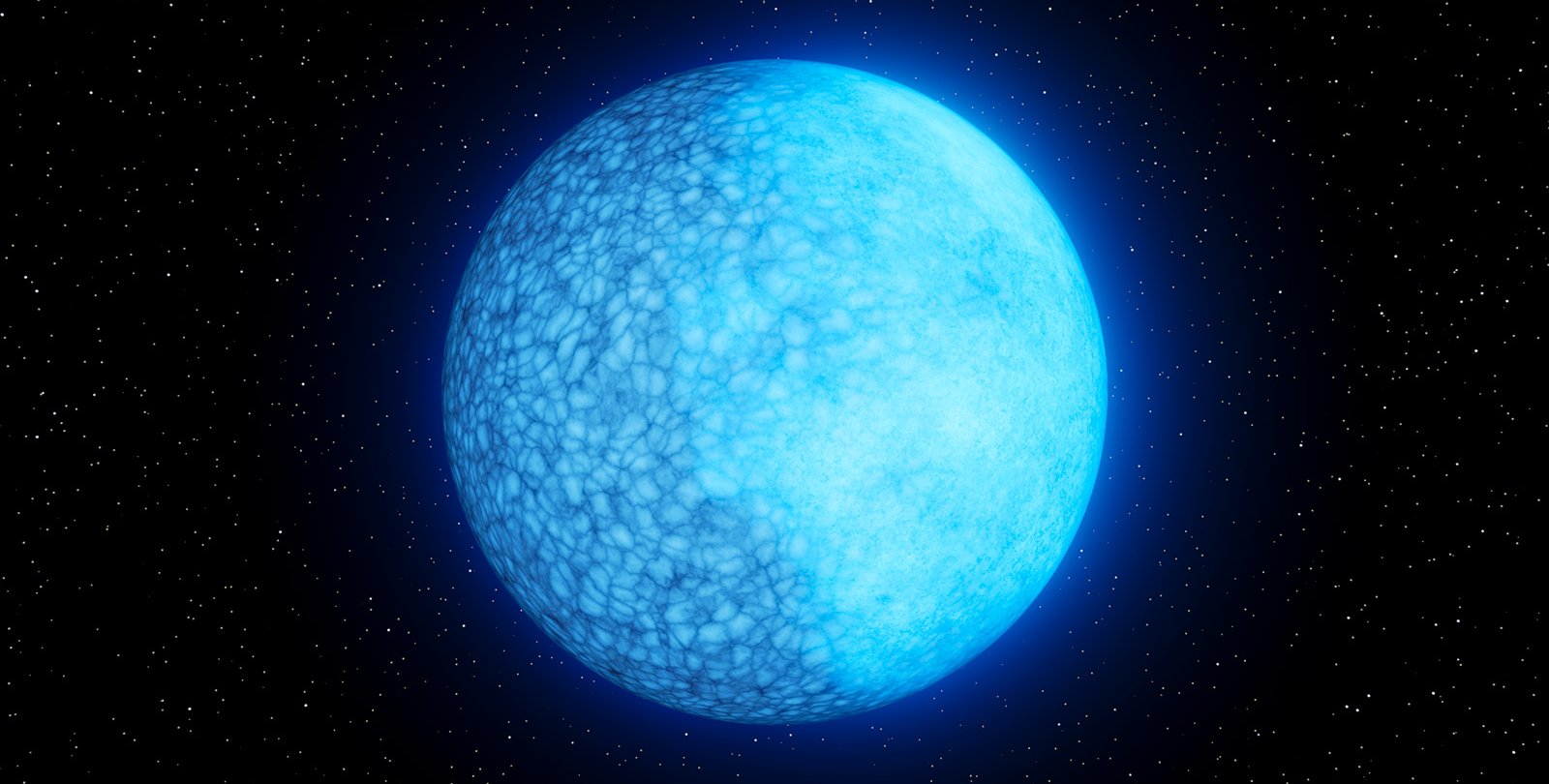A new theory explains the mystery of white dwarf cooling
- March 20, 2024
- 0
A new study shows that white dwarf stars stop cooling due to floating crystals in their cores, providing insight into the aging process of stars. In the article
A new study shows that white dwarf stars stop cooling due to floating crystals in their cores, providing insight into the aging process of stars. In the article

A new study shows that white dwarf stars stop cooling due to floating crystals in their cores, providing insight into the aging process of stars. In the article published on March 6 NatureScientists from the Institute for Advanced Studies; University of Victoria, Canada; and the University of Warwick in the United Kingdom have proposed a new theory explaining why a mysterious population of white dwarf stars has stopped cooling for tens of billions of years.
Open any astronomy textbook to the chapter on white dwarf stars and you’ll probably learn that they are “dead stars” that are constantly cooling down over time. Cooling occurs as white dwarfs exhaust their nuclear heat sources. In the classical picture, this causes the dense plasma inside the white dwarf to freeze and solidify the star from the inside out.
However, analysis of satellite data Gaia The European Space Agency’s 2019 study by Sihao Cheng, Martin A. and Helen Chouljian of the institute’s School of Natural Sciences contradicts this standard picture. This showed that some white dwarfs actually remain hot for billions of years (a large fraction of the age of the universe). The discovery surprised theorists, but today’s new paper may provide a convincing explanation.
“These white dwarfs need to somehow produce extra energy to stop cooling,” says Cheng, who contributed to the paper. Nature. “Although we weren’t initially sure what this process was, we now have a clearer understanding of how it happens.”
This understanding was developed in collaboration between Cheng, Antoine Bedard at the University of Warwick, and Simon Blouin at the University of Victoria.
They suggest that in some white dwarfs, the dense plasma inside does not just freeze from the inside out. Instead, the solid crystals formed during freezing are less dense than the liquid and begin to float to the surface. As the crystals rise, they push the heavier liquid downward. The movement of denser material to the center of the star releases gravitational energy, which is sufficient to interrupt the star’s cooling process for billions of years.
“One of the exciting aspects of this discovery is that the physics involved is similar to what we observe in everyday life: frozen crystals inside a white dwarf star do not sink, they float. We can compare their behavior to ice cubes floating in water,” says Cheng.
It is not known why this happens in some white dwarfs and not in others, but the authors believe it is probably related to the composition of the star.
“Some white dwarfs are formed by the merger of two different stars. When these stars collide to form a white dwarf, the composition of the star changes in a way that allows floating crystals to form,” says Blouen.
White dwarfs are often used as indicators of age: the cooler the white dwarf, the older it is considered to be. But due to the additional cooling lag found in some white dwarfs, some stars with certain temperatures may be billions of years older than previously thought. A better understanding of the age and other properties of white dwarf stars will help scientists reconstruct the formation of our galaxy.
“Our study will require updating astronomy textbooks,” Cheng adds. “We hope it will also encourage astronomers to re-evaluate the methods used to calculate the age of stellar populations.”
Source: Port Altele
As an experienced journalist and author, Mary has been reporting on the latest news and trends for over 5 years. With a passion for uncovering the stories behind the headlines, Mary has earned a reputation as a trusted voice in the world of journalism. Her writing style is insightful, engaging and thought-provoking, as she takes a deep dive into the most pressing issues of our time.